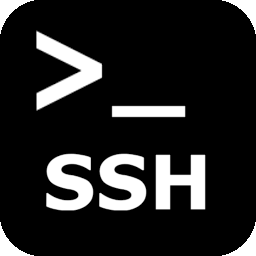This adjusts the number of days to keep quarantined email etc/MailScanner/defaults /var/www/mailscanner/conf.php days to keep need to be edited in both the above files
Linux
The best way is to create a new firewalld zone and we add the specific IP to that zone. To start with lets create an appropriate zone, in this example we will call the zone webmin-access and open webmin to 1 specific IP address. The port will be 10000 tcp […]
nmap -sT targetIP/hostname nmap –script vuln targetIP/hostname -O trys to identify Operating System, example nmap -sT -O targetIP/hostnam
IP=”$(echo $SSH_CONNECTION | cut -d ” ” -f 1)”HOSTNAME=$(hostname)NOW=$(date +”%e %b %Y, %a %r”) echo ‘Someone from ‘$IP’ logged into ‘$HOSTNAME’ on ‘$NOW’.’ | mail -s ‘SSH Login Notification’ YOUR_EMAIL_ADDRESS — -f FROM_EMAIL_ADDRESS
The below will open tcp port 10000 on FirewallD to get access to webmin firewall-cmd –permanent –zone=public –add-port=10000/tcp A reload of FirwwallD is needed to activate the permanent rule into the running environment firewall-cmd –reload
In common situation, "system ip address" is the ETH0 address. So edit /etc/sysconfig/network-scripts/ifcfg-eth0 with your favourite text editor and run service network restart ps don't forget to change default gw also, it's located in /etc/sysconfig/network.
This is the command to remove a folder/directory including its contents, use with caution as you wont get an “are you sure” prompt rm -rf example In the above example it would delete a folder/directory called example. Just change that to your folder/directory name. The below code will do the […]
This tcpdump command will grab the first 1024 bytes (vs. smaller 68 or so) and line buffer the output for all packets using port 80 (http) tcpdump -s 1024 -l -A port 80


